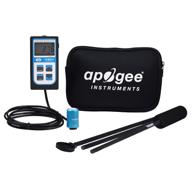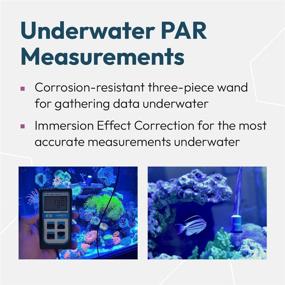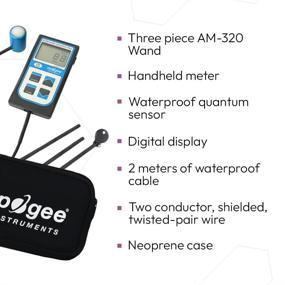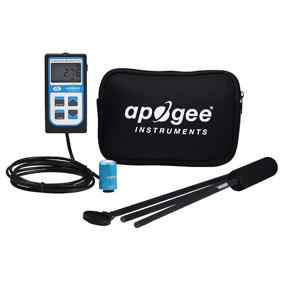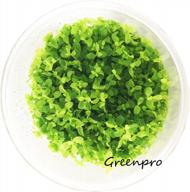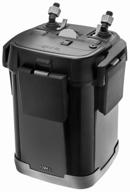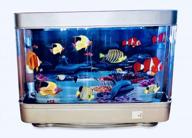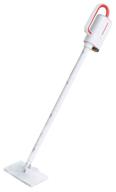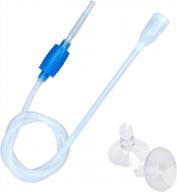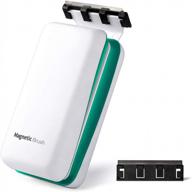Description of MQ 510 Full Spectrum Underwater Submersible Instruments
FOR SCIENTISTS & SERIOUS GROWERS - Designed by world-renowned crop physiologist, Bruce Bugbee, PhD, the MQ-510 full-spectrum underwater quantum meter is the premium tool of choice among leading scientists and serious growers for accurately measuring the photosynthetically active radiation (PAR) accurately underwater. Package includes an AM-320 three-piece 3' corrosion-resistant wand and an Apogee neoprene carrying case. MEASURING PAR IS CRITICAL - An accurate PAR meter is critical for measuring the intensity of light used in the precision growing of plants and other photosynthetic organisms in greenhouses, growth chambers, farms, gardens, aquariums, and additional agricultural systems. Our underwater quantum meters are specifically designed to measure the intensity of light underwater for biological, chemical, and physical processes in natural waters and aquariums. UNDERWATER ACCURACY - Underwater PAR measurements can read low when a quantum sensor is calibrated for air. The MQ-510 applies an immersion effect correction factor to get instant, accurate measurements underwater. Precisely measures and combines the intensity of all photons between 400 and 700 nm to give a single PAR reading in μmol m-2 s-1 within 5 % uncertainty. Unlike hobby-grade PAR meters, our meter has a stable, accurate calibration with an accuracy drift rate of less than 2% per year. QUALITY QUANTUM METER - Unlike cheaper LUX or footcandle sensors which are sometimes marketed as grow light meters, but are meant for measuring light for human vision, our meters feature a laboratory-grade PPFD (photosynthetic photon flux density), or “quantum,” optical detector precisely calibrated to measure the light intensity in μmol m-2 s-1 of the specific color wavelengths emitted by LEDs, HPS, MH, sunlight, and other light sources utilized by plants for photosynthesis. RUGGED & EASY TO USE - Quantum sensor head is machined aluminum and potted solid with epoxy for years of use in harsh environments, including underwater. The handheld meter is attached by a cable and displays real-time readings, records samples, and logs average intensity and daily light integral (DLI) measurements. Unlike the sensor head, the handheld meter is not waterproof.
Hide


